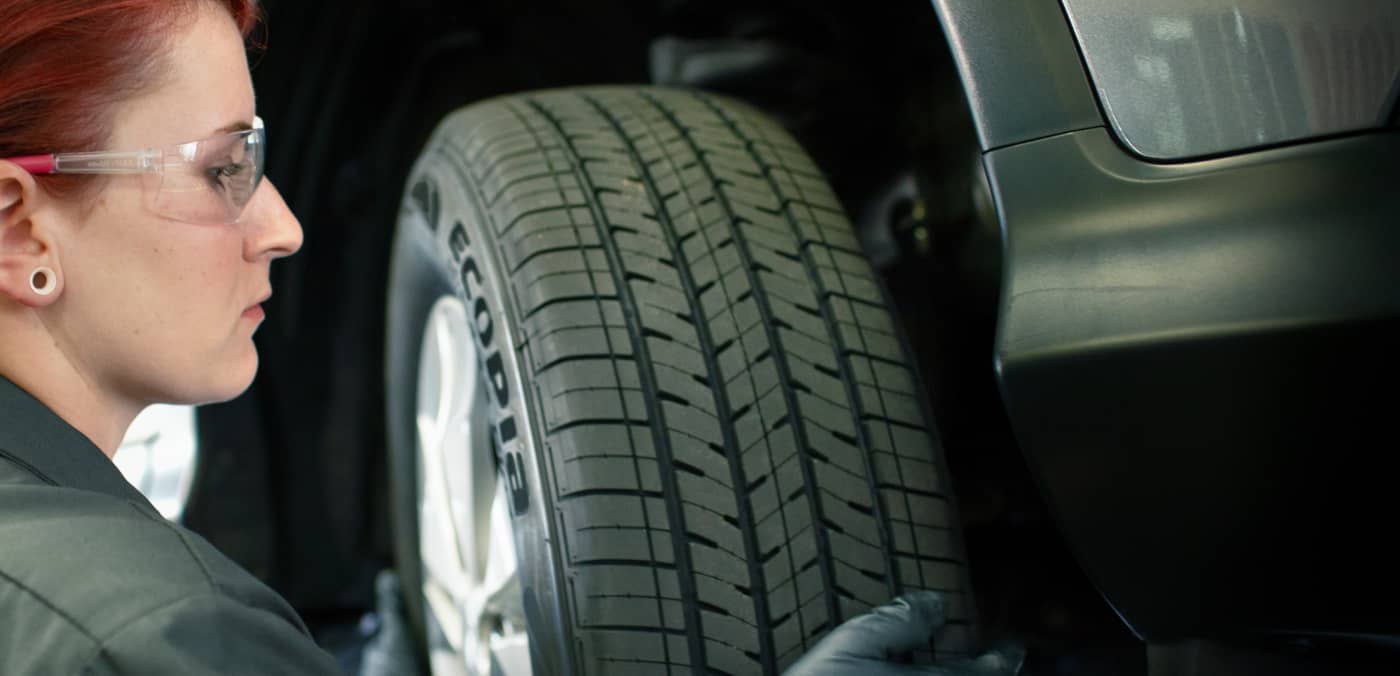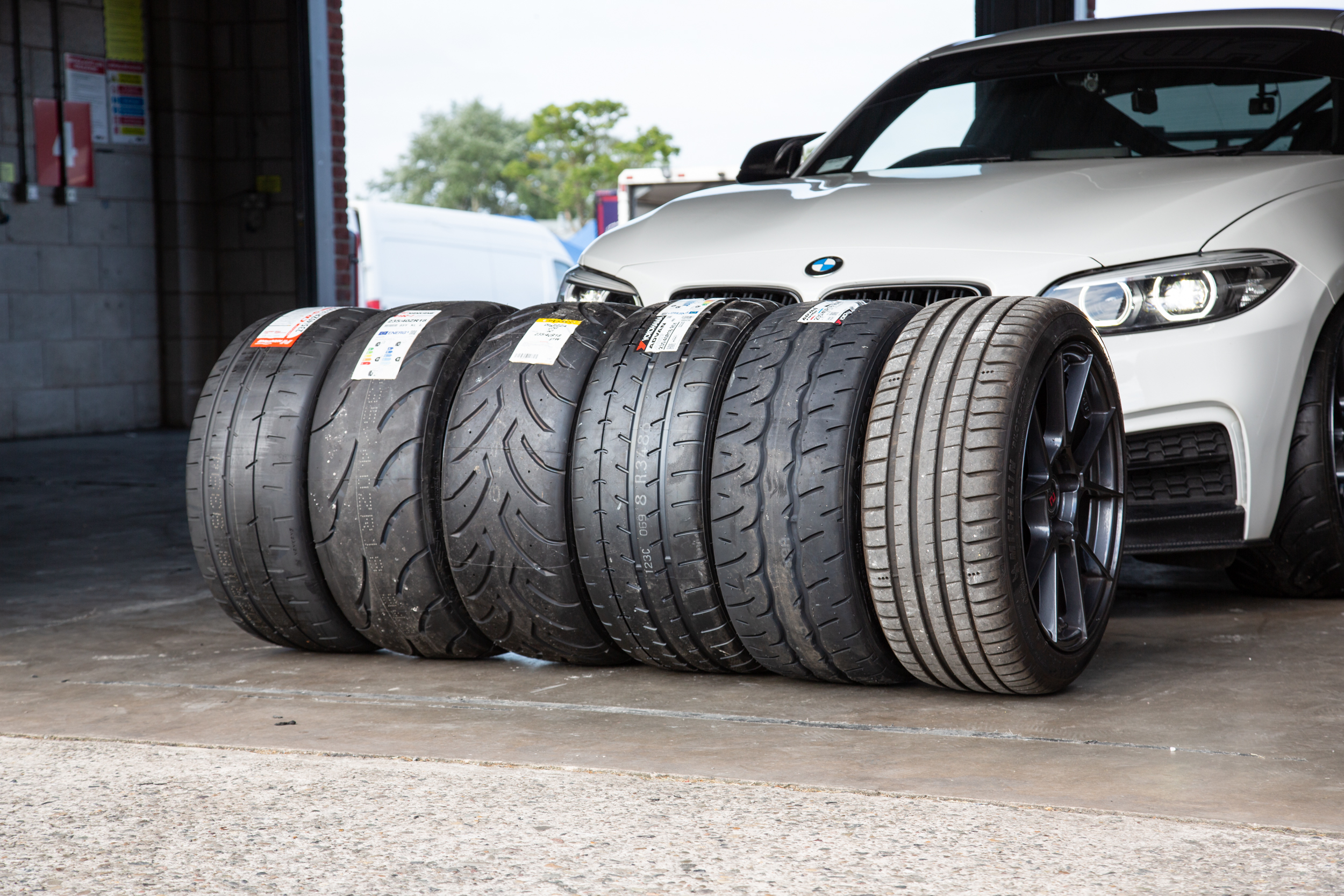All Categories
Featured
Table of Contents
I had the ability to get 100 hours out of one of these tires, and while it had absolutely no tire lugs left on it, the soft compound made it function really wellas long as I was using a soft mousse. Kitt Stringer image Easy mounting - 3Wear - 3Sidewall toughness - 3Performance on roots - 4Performance on wet rocks - 2Traction on dust - 5Cornering ability - 4Traction while stopping - 4Self-clearing of dirt and mud - 3Performance in mud - 3Overall predictability or monitoring - 3 _ 37 Verdict: This is a great all-around tire with great value for money.

The wear corresponded and I like how long it lasted and how regular the feeling was throughout use. This would certainly also be a great tire for faster races as the lug size and spacing bit in well on fast terrain. Kitt Stringer picture Easy placing - 3Wear - 3Sidewall toughness - 3Performance on origins - 4Performance on wet rocks - 4Traction on dust - 4Cornering ability - 4Traction while braking - 5Self-clearing of dust and mud - 4Performance in mud - 4Overall predictability or tracking - 4_42 Verdict: I liked this tire a lot.
If I had to buy a tire for difficult enduro, this would certainly be in my top selection. Easy mounting - 3Wear - 3Sidewall strength - 3Performance on roots - 4Performance on damp rocks - 3Traction on dust - 4Cornering capacity - 3Traction while braking - 3Self-clearing of dust and mud - 4Performance in mud - 4Overall predictability or monitoring - 3 _ 34 Verdict: This tire was really soft and flexible.
All the gummy tires I tested performed relatively close for the very first 10 hours or two, with the champions going to the softer tires that had better grip on rocks (Budget tyres). Buying a gummy tire will certainly provide you a solid advantage over a routine soft substance tire, however you do spend for that advantage with quicker wear
Tyre Replacement Near Me
This is an optimal tire for spring and fall conditions where the dust is soft with some wetness still in it. These tried and tested race tires are terrific all around, but put on swiftly.
My overall champion for a hard enduro tire. If I needed to invest money on a tire for day-to-day training and riding, I would select this set.
Discount Tyres Near Me (Nollamara 6061 WA)
I have actually been running a collection of Michelin Power Pilot 2CT's on my track Daytona 675 for the past year. Because time I have done 15 track days in all weather conditions from cold wet to incredibly hot and these tyres have never ever missed out on a beat. Wheel balancing. I have actually done nearly 2,000 miles (3,200 km) on them and as you can see from this shot of the front taken after very first session of my 15th track day on them, they still have fairly a whole lot of rubber left on them
In short the 2CT is an outstanding track day tire. If you're the sort of cyclist that is most likely to run into both damp and dry conditions and is starting on course days as I was last year, then I believe you'll be difficult pressed to discover a better worth for money and proficient tire than the 2CT; a pair of which will establish you back around 185 (US$ 300) in the UK.
Creating a better all round road/track tire than the 2CT need to have been a tough job for Michelin. The outcome of that initiative is the Michelin Pilot Power 3 which essentially changes the Pure. Don't confuse this new tyre with the road going Pilot Roadway 3 which is not developed for track use (although some bikers do).
When the Pilot Power 3 launched, Michelin advised it as a 50:50% road: track tire. All the biker reports that I've reviewed for the tyre price it as a better tire than the 2CT in all areas yet specifically in the damp.
Honest Tyre Checks Near Me
Technically there are many distinctions in between the 2 tires also though both use a double compound. Aesthetically you can see that the 2CT has less grooves cut right into the tire but that the grooves run to the edge of the tire. The Pilot Power 3 has even more grooves for better water dispersal yet these grooves do not reach the shoulder of the tyre.
One element of the Pilot Power 3 which is different to the 2CT is the new 2CT+ technology which extends the harder middle section under the softer shoulders (on the rear tyre). This need to offer more stability and minimize any type of "agonize" when accelerating out of edges despite the lighter weight and even more adaptable nature of this brand-new tyre.

Although I was somewhat suspicious concerning these lower stress, it ended up that they were fine and the tires done really well on course, and the rubber looked better for it at the end of the day. Equally as a factor of recommendation, other (quick group) cyclists running Metzeler Racetecs were making use of tyre pressures around 22-24 psi for the back and 24-27 psi on the front.
Coming up with a better all round road/track tyre than the 2CT have to have been a tough task for Michelin. The outcome of that initiative is the Michelin Pilot Power 3 which essentially changes the Pure. Don't perplex this new tire with the road going Pilot Roadway 3 which is not developed for track usage (although some cyclists do).
Tyre Servicing – Nollamara WA
When the Pilot Power 3 released, Michelin advised it as a 50:50% road: track tyre. All the biker reports that I've reviewed for the tire price it as a much better tire than the 2CT in all areas yet especially in the wet.

Technically there are several differences in between the 2 tyres despite the fact that both make use of a double compound. Aesthetically you can see that the 2CT has fewer grooves cut into the tyre yet that the grooves run to the side of the tyre. The Pilot Power 3 has more grooves for much better water dispersal but these grooves don't reach the shoulder of the tyre.
One facet of the Pilot Power 3 which is different to the 2CT is the new 2CT+ modern technology which extends the harder center section under the softer shoulders (on the rear tyre). This must give more security and minimize any kind of "agonize" when increasing out of edges regardless of the lighter weight and even more adaptable nature of this brand-new tyre.
Although I was somewhat dubious concerning these lower pressures, it ended up that they were fine and the tyres done really well on the right track, and the rubber looked much better for it at the end of the day. Just as a factor of recommendation, other (rapid team) bikers running Metzeler Racetecs were utilizing tyre pressures around 22-24 psi for the rear and 24-27 psi on the front
Latest Posts
Affordable Tyre Sales – Swan
Top Tyres Near Me – Swan
Trusted Tyre Shop Services (Kiara WA)